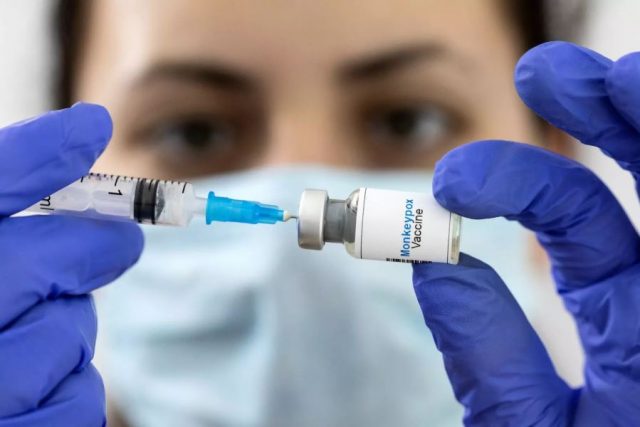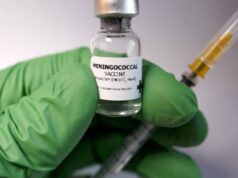
…Snap analysis by Shyam Bishen – Head of Health and Healthcare at the World Economic Forum – on the new WHO designation of Monkeypox.
MON, 25 JULY, 2022-theGBJournal| With 16,000 cases in 75 countries, the monkeypox outbreak is spreading rapidly across the world. In response, the WHO has just declared it a global public health emergency. This declaration clearly signals the need for a coordinated international response, the timely investment of significant resources, and intensified cross-border collaboration in terms of vaccines, treatments and other key resources in order to control and counter this emerging outbreak.
“Fortunately, vaccines and drugs developed for smallpox may work well against monkeypox. But supply is limited. While we encourage nations to share vaccines, treatments and other key resources for containing the outbreak, we believe that multistakeholder partnerships between the private sector, governments, and international organizations are crucial in order to quickly scale-up vaccine and treatment production for this disease.
The effectiveness of existing vaccines is clearly encouraging news in the fight against monkeypox, but as with COVID-19, equitable distribution and access to vaccines will remain a key challenge globally, due to uneven rollout and uptake rates between high-income and low-and-middle-income countries. To counter this challenge, the World Economic Forum – in partnership with the Coalition for Epidemic Preparedness Innovations (CEPI) and the US National Academy of Medicine – has launched the Distributed Vaccine Manufacturing Collaborative. The Collaborative addresses inequitable vaccine access by supporting the establishment of a sustainable and robust global network of versatile vaccine manufacturing facilities capable of producing vaccines that can better protect individuals in pandemic and non-pandemic times.
Until countries globally can respond and adapt to the latest vaccine and drug manufacturing technologies through localized manufacturing capabilities and close the access gap, the world will remain at risk of current and future emerging diseases – such as monkeypox. We are convinced that this Collaborative – and international multi-stakeholder partnerships more broadly – will be vital towards countering this new global public health emergency and improving health equity across the world.”
What is monkeypox?
The monkeypox virus is a type of orthopoxvirus, in the same family of virus that causes smallpox. The symptoms of monkeypox are similar – though less severe and less contagious – than smallpox.
There are two identified genetic clades – or groups – of the virus: the Congo Basin clade and the West African clade. The Congo Basin clade typically causes a more severe version of the disease and was thought to be more transmissible. Cases recently identified have been in the West African clade.
How does monkeypox spread?
Monkeypox is classified as a zoonosis, which means a disease that is transmitted between humans and animals. Cases often appear in tropical climates and rainforests where there are animals carrying the virus, including types of squirrels, dormice and certain types of monkeys and rats. The disease is transmitted through bites, scratches or bush meat preparation.
Human-to-human transmission is limited and the virus is transmitted through direct contact with bodily fluids or skin lesions as well as indirect contact with lesion materials through items such as contaminated bedding or clothing. It can also spread through respiratory droplets, but does not travel easily by air and requires direct, prolonged contact with someone who has an active rash.
What are the symptoms?
Monkeypox usually presents with a fever, rash and swollen lymph nodes. Early stages (1-3 days) involve headache and backache, sore muscles and lack of energy. Individuals with the infection will also often develop a rash 1-5 days from the onset of symptoms, starting as raised spots before turning into fluid-filled blisters, which ultimately turn into scabs and fall off.
Twitter-@theGBJournal| Facebook-The Government and Business Journal|email: gbj@govbusinessjournal.ng|govandbusinessj@gmail.com









